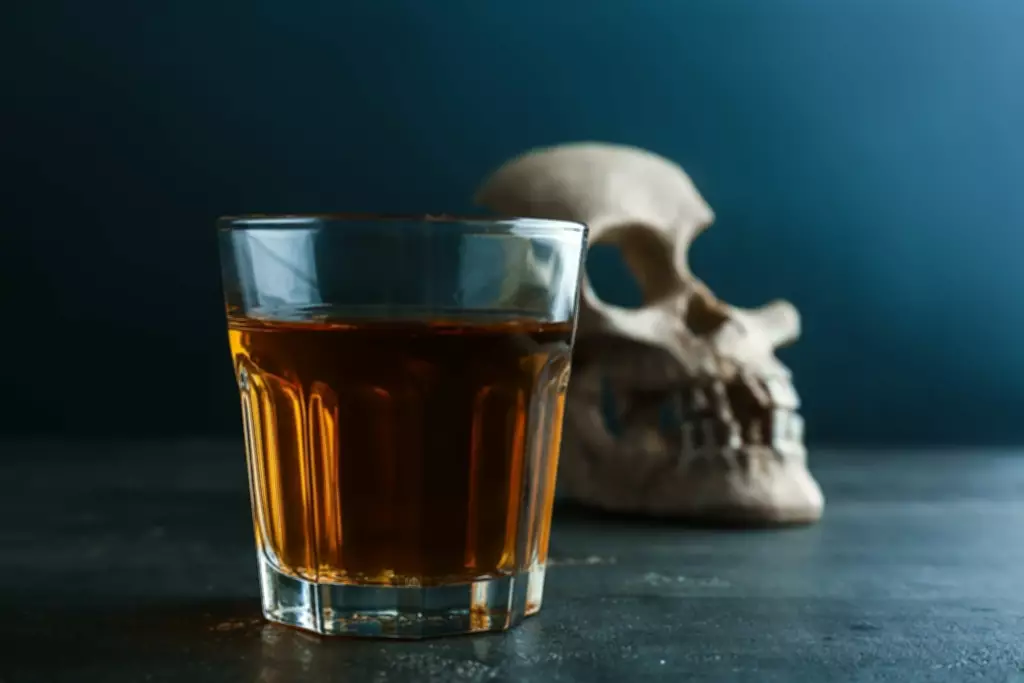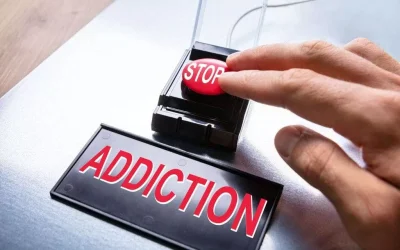Start by talking to your doctor or mental health professional about your treatment options. Tapering is a process that involves gradually reducing drug use by lowering the dose used over a period of time. The goal is to slowly allow a person’s body to become used to lower levels of the substance while minimizing drug withdrawal symptoms.
Related Clinical Trials
- Law enforcement seizures of illicit fentanyl increased dramatically in number and size between 2017 to 2023 in the U.S., especially in pill form, according to a new study funded by the National Institutes of Health’s (NIH) National Institute on Drug Abuse (NIDA).
- Teenagers who used cannabis within the last year had a dramatically higher rate of developing a psychotic disorder, according to a study published Wednesday.
- More research is needed to better understand these mental health links and ramifications.
- Some varieties of cannabis plants are also known as hemp, although “hemp” more commonly refers to a fiber derived from such plants.
- Those who are unable to control their use and intake, however, do meet the diagnostic qualifications of a substance use disorder or addiction.
The California panel has been vetting not only studies that involve federally restricted drugs, but also those assessing any kind of medication to treat addiction, said Dr. Phillip Coffin, a UC San Francisco professor of medicine who has called to eliminate the panel. Dr. Rufus Tony Spann is a nationally certified school psychologist, licensed professional counselor, yoga teacher and reiki master. Over the years, he has served as a department chair, adjunct professor, assistant professor, speaker and trainer. Dr. Spann owns private practice You in Mind Psychotherapy and Consultation, which focuses on providing culturally responsive therapy, and he assists many therapists of color in receiving their independent licenses. He also is part of a research team looking to develop a new instrument that measures clients’ perceptions of whether counselors are effective in their ability to discuss the contextual dimensions of race, ethnicity, and culture (REC) with clients.

How healthy is sugar alcohol?
If you want to quit smoking marijuana, there are several things you can do to improve your chances of success like tapering your use, quitting cold turkey (if you’re prepared to handle withdrawal symptoms), and finding healthier distractions. While marijuana (also known as weed) is sometimes portrayed as relatively harmless, research has shown that it can have a number of negative effects on health. In addition to these health risks, there is also a potential for dependence and addiction.
Law enforcement seizures of psilocybin mushrooms rose dramatically between 2017-2022
While the symptoms of cannabis withdrawal may not be as severe as those of some other substances, such as cocaine or heroin, cannabis withdrawal is real. You may experience symptoms like trouble sleeping, mood swings, and irritability when you stop. Treatment begins with a comprehensive psychiatric assessment, ideally including collateral information from family, friends, coworkers, or previous providers and from medical records. For cannabis use disorder, the clinician should primarily assess patterns of substance use (both cannabis and other substances) and the patient’s reasoning for what the patient finds useful and problematic about these patterns.
Redefining Sobriety: Shaking Up the Field of Addiction Medicine – The New York Times
Redefining Sobriety: Shaking Up the Field of Addiction Medicine.
Posted: Sun, 04 Feb 2024 08:00:00 GMT [source]
Addiction and Mental Health Resources
A Los Angeles County initiative called Reaching the 95% aims to engage with more people than the fraction of Angelenos already getting addiction treatment. The Biden administration has been moving toward rescheduling marijuana from Schedule I to the less dangerous Schedule III, which would also acknowledge its medical benefits at the federal level. While the potential change is expected later this year, cannabis is marijuana addiction currently legal in 24 states for recreational use. You might notice that some people in your life may be less supportive—particularly if much of your social life centers around marijuana use. In these cases, you may need to consider reevaluating some of your relationships and places where you spend your time. Once you are more aware of the things that trigger your drug use, you can plan to deal with those triggers.
How Does Marijuana Use Affect The Brain?
A single dose of nefazodone (450 mg/day) decreased some, but not the majority, of cannabis withdrawal symptoms [44]. Both human laboratory and clinical outpatient studies have established the reliability, validity and time course of the cannabis withdrawal syndrome [26, 27] and the cannabis withdrawal syndrome has been proposed for inclusion in DSM-V [28]. Some US studies suggest that about half of patients in treatment have reported symptoms of the cannabis withdrawal syndrome [23, 29–33]. The main symptoms of cannabis withdrawal are anxiety, irritability, depressed mood, restlessness, disturbed sleep, G-I symptoms, and decreased appetite. Most symptoms begin during the first week of abstinence and resolve after a few weeks.

CUD and Other Mental Health Conditions
- However, a positive drug test does not necessarily mean the person has cannabis use disorder and a negative drug test does not rule it out.
- Most cannabis withdrawal symptoms are mild and resolve without treatment or with conservative interventions like exercise, relaxation techniques, and over-the-counter analgesics.
- There are a couple of different treatment options for people with cannabis use disorder.
- For cannabis use disorder, the clinician should primarily assess patterns of substance use (both cannabis and other substances) and the patient’s reasoning for what the patient finds useful and problematic about these patterns.
- However, there are also those who receive inpatient treatment to kickstart their recovery, knowing that the hands-on care and support is beneficial to their recovery maintenance.
In this article, however, we do not address CBD, one of 100-plus cannabinoids in the cannabis plant, which does not have addictive liability when used alone. For example, if one substituted “coffee” for “cannabis,” many of the 160 million Americans who guzzle coffee on a daily basis would have “caffeine use disorder,” as evidenced by the heartburn and insomnia that I see every day as a primary care doctor. Many of the patients that psychiatrists label as having cannabis use disorder believe that they are fruitfully using cannabis to treat their medical conditions — without problems — and recoil at being labeled as having a disorder in the first place. This is perhaps a good indication that the definition doesn’t fit the disease. Since many of these withdrawal symptoms mimic warning signs of other conditions and problems, an expert assessment by an addiction professional is necessary to determine whether marijuana withdrawal is the cause.
- This provides a supportive, drug-free environment to work through treatment and begin recovery.
- Our primary goal is to connect you or someone you love to the necessary treatment.
- This is because there’s a lack of supervision and accountability from a person of authority.
- Also, if you experience excessive vomiting, dehydration or lightheadedness, or your withdrawal symptoms interfere with your ability to function, seek medical help, advises Dr. Weaver.
At The Recovery Village, we understand that there is no one-size-fits-all solution to marijuana addiction. For the results of the treatment to be long-lasting, rehab has to be tailored to each individual’s unique needs. By taking a personalized, comprehensive approach to recovery, we set clients up for success in and out of our center. Inpatient rehab is the most popular level of care offered at The Recovery Village. This provides a supportive, drug-free environment to work through treatment and begin recovery.
Gas stoves may contribute to early deaths and childhood asthma, new Stanford study finds
A recent placebo-controlled study in 29 heavy cannabis smokers found that opioid-receptor blockade by naltrexone (12, 25, 50, or 100 mg daily) enhanced the subjective and cardiovascular effects of cannabis [60]. This pattern of human experimental findings is not completely consistent, but suggests that clinically used doses of naltrexone would not be effective as treatment for cannabis dependence, and might actually increase the abuse liability of cannabis. The importance of treating comorbid conditions is often overlooked because of structural barriers in the mental health and behavioral health fields that often separate patients into treatment environments for either mental illness or substance use disorders.
Category: Sober living

No Comments